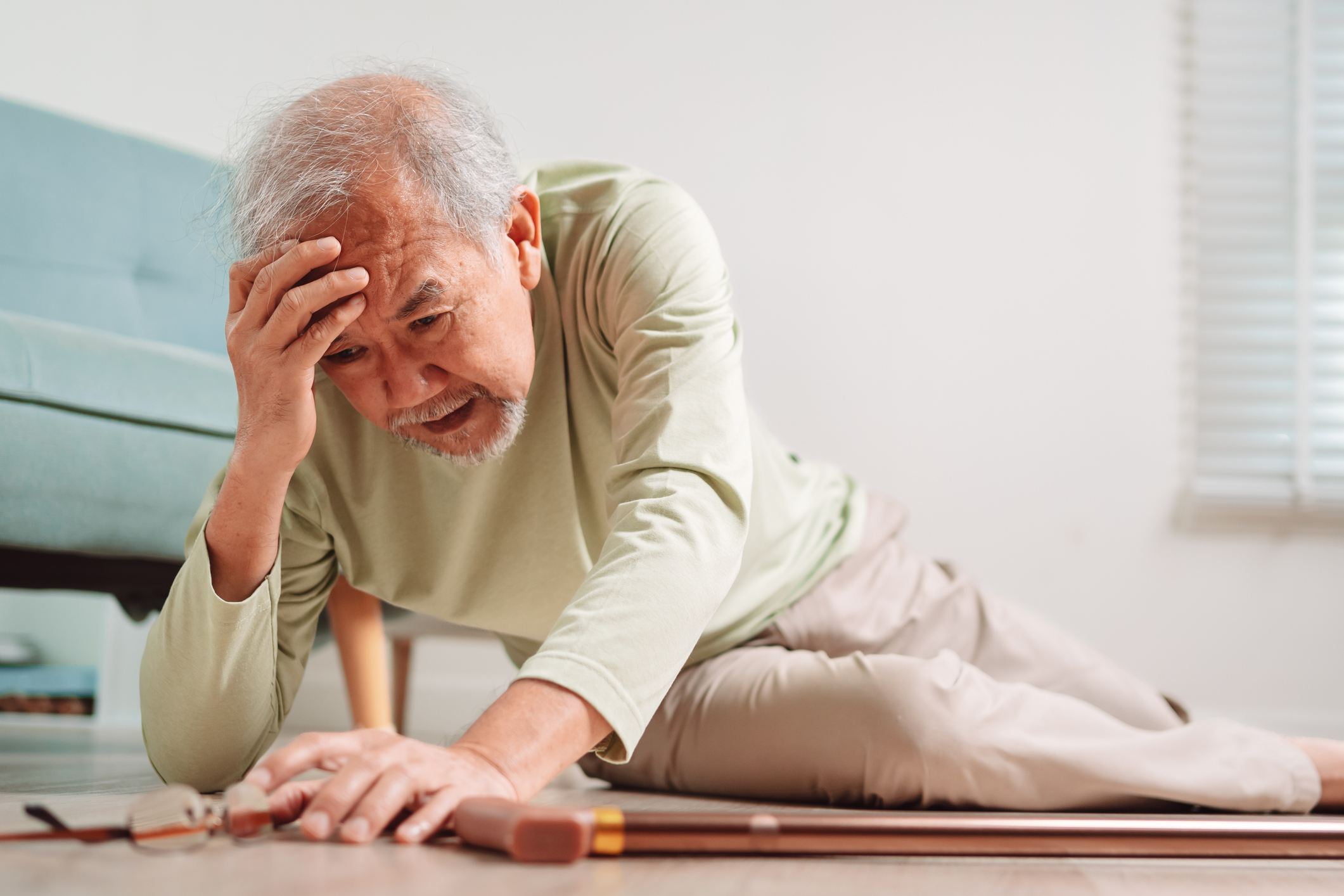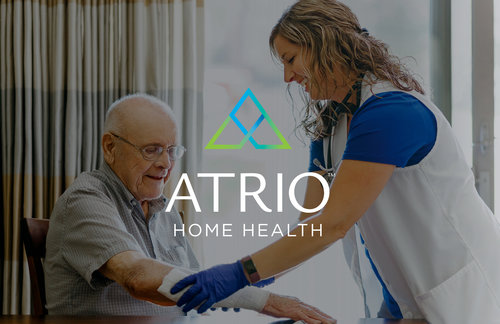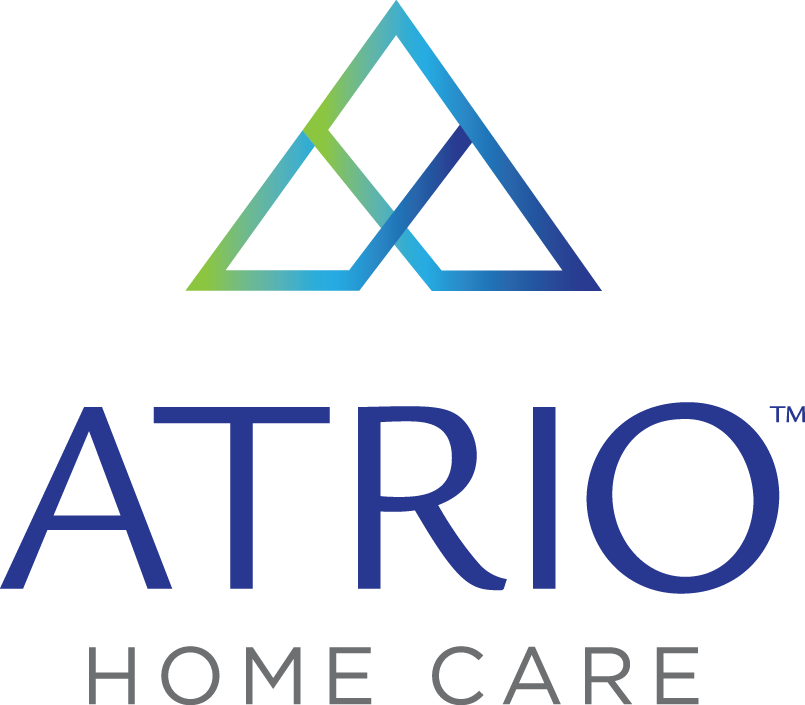
Fact from Fiction
Understandably, the looming threat of a fall to an aging adult can be quite scary, but while many people believe that falling is just a normal part of aging, this is a misconception. While it’s true that the risk of falling increases with age, falls are not a guaranteed part of aging, and many can be prevented with the proper precautions, foresight, and care. In this blog post, we aim to debunk some common misconceptions surrounding falls, educate readers on how falls can be prevented, and offer solutions for staying safe at home.
Fast Facts
- Falls are the leading cause of injury and death in aging adults 65+
- 1 in 4 adults age 65+ will fall each year
- 1 out of every 5 falls results in a serious injury, such as a broken bone or head trauma
- 95% of hip fractures are caused by falling
- Women fall more often than men, accounting for 75% of all hip fractures
- More than $50 billion is spent each year on costs related to fall
Falls among older adults are often the result of a combination of risk factors, each of which can significantly increase the likelihood of an accident.
- Physical changes: Ones that come with aging, such as decreased muscle strength, poor balance, and impaired vision, play a critical role—having you or your loved one’s eyes and feet checked regularly at doctor visits is essential.
- Medications: Medications can have side effects of dizziness or drowsiness. Be sure to talk to a doctor about any you are taking.
- Environmental hazards: Loose rugs, poor lighting, and cluttered walkways further compound the risk. (A free home risk and safety evaluation from Atrio Home Health can help identify potential problem areas and provide solutions.)
MYTH: Limiting physical activity will reduce the risk of falling.
TRUTH: Regular physical activity, especially exercises that strengthen muscles and improve balance, can significantly reduce the likelihood of a fall. Staying active is crucial for maintaining stability and strength.
MYTH: You don’t need to worry about falling if you’ve never fallen before.
TRUTH: Unfortunately, this belief can lead to complacency. The risk of falling doesn’t disappear when you hit a certain age, even if you’ve been fortunate enough to avoid a fall in the past. It’s important to be proactive about fall prevention regardless of your history.
MYTH: Using mobility aids like walkers or canes means losing your independence.
TRUTH: These tools actually help maintain independence by providing the support needed to move around safely. Notably, 75% of those who fall are not using their device or walker at the time.
Home Exercise Programs
Our physical therapists can develop a home exercise program to build muscle, increase flexibility, and improve endurance.
Home Saftey & Risk Evaluation
Through a home risk and safety evaluation, a physical or occupational therapist can help identify risks for falls in the home environment and provide potential home safety solutions that work best for you or your loved one. An evaluation is not meant to change your life or home but to aid in keeping you safe. For example, what is your nighttime routine? Is there a safe path from the bedroom to the bathroom? Is there a rug in the hallway that could be a potential tripping hazard? Could you benefit from some extra lighting in the hallways?
If you or a loved one have limited mobility, cognitive impairments, or a recent injury or illness, contact us today to schedule your home risk and safety evaluation at one of our two locations. Atrio Home Health services can be prescribed by a doctor and paid for by Medicare.
Atrio Home Health Grand Rapids: (616) 235-4663
Atrio Home Health Lakeshore: (616) 796-3838







